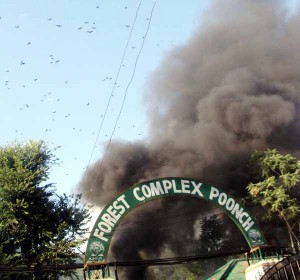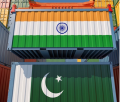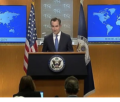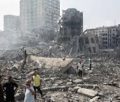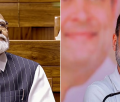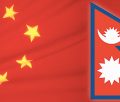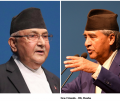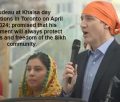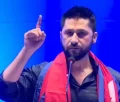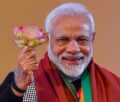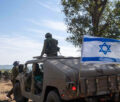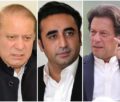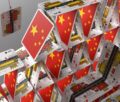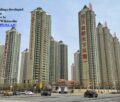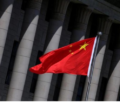Scripting a great suppression story in Kashmir

By MALLADI RAMA RAO
Should the violence in places like Srinagar be judged by penalising the police and eulogising the ‘poor and defenceless youth’ in a faceless violent mob? This question demands attention since the police with all their faultlines are accountable at the end of the day as the instruments of a democratic, liberal regime in place, while the perpetrators of violence, instead of being the voice of a neglected people, as they claim, are scSripting their very own great suppression story that has few parallels anywhere with the exception of a resurgent Islamist world of al Qaeda and Taliban in Afghanistan and Waziristan.
New Delhi (Syndicate Features): India and Pakistan offer interesting fodder for thought. Interesting because they share the same British era roots in feudalism, corruption, and bureaucracies –civilian, police, and army. Also because they fought three-four wars in five-six decades over land in Kashmir- India says it’s its own and accuses Pakistan of occupying a large portion, and of generously gifting a chunk of that occupied land to China; Pakistan says Kashmir is it’s as a matter of right, firstly because Kashmir is a Muslim majority area, and secondly because religion was the basis of the division of British India in 1947.
The Pakistani leaders who had taken cudgels against India over Kashmir are long dead, and are forgotten in their home country. On the Indian side too, a new generation has come to the frontline in Srinagar and Delhi. Yet, Srinagar remains on the boil at regular intervals. Ask any Indian in Delhi why Kashmir is burning. And prompt comes the reply- ‘because of Pakistan, and because of Pakistani plans to grab Kashmir through the backdoor’.
The reference, needless to say, is to the street violence in Srinagar for the past month or so. Young boys are in forefront of the latest campaign. The weapon in their hands is not AK-47 like in the past, but a blunt edged stone, which lay in heaps on the road side because of the construction boom ushered in by peace over the past six-seven years.
The police are armed to the teeth, and by the law of the land, it is their duty and responsibility to protect the unarmed and nab the violence mongers. But when a policeman opens fire on a violent mob, he will not recollect the dos and don’ts he was told during training; the police manual also matters little to him. Because, his very thought revolves round survival instinct.
Well, you cannot blame him. Given a choice, he will not like to be in the police, since policing, not only in Srinagar but across the globe in most countries, is turning out to be the most thankless job of long hours of drudgery, but like to turn to other avenues of making money, of course, honestly. Who doesn’t want to live honestly?
The short point in the context of Srinagar is that the police have become the target of hate directed at the state. It raises a question that has universal application – not only to Kashmir and India but to all countries, which believe in the rule of law. It is that what a police should do when confronted with a violent mob pelting stones at them. This question elicited a more or less uniform reply from most – practioners of human rights, academics, politicians and the like. They said the police should use minimum force to disperse a crowd.
What is a minimum force?
Well, there is no unanimity on what constitutes the minimum force because there can never be two ‘alike’ situations, and also because post-mortem is easier than handling a given situation.
Take the case of Srinagar policeman. The Manual tells him, for instance, to fire below the knee, when asked to fire at a crowd; apparently the idea of the authors of the manual is to cause injury and not the death. And this ‘decree’ received a go-by, if one goes by the casualty rate in the recent incidents of police firing in Srinagar. How many policemen will have the luxury of ‘such practiced shooting’? That is not the concern of politicians in power and in the opposition, and in their one-upmanship games, both have seized the rule book to demand the scalp of the police, accusing them of using excessive force.
Human rights campaigners are back in action in Kashmir, charging the police with violating human rights with impunity and committing brutalities on unarmed crowds of youth. Such sweeping charges against the police are heard in other parts of the world also in the past, and therefore the Human Righters outcry against Srinagar police doesn’t come as a surprise. But it pops up a question; in fact, not one but two questions.
One if the young man in a crowd of fellow youth throwing stones has human rights, does a young man in a platoon of fellow young men in uniform has human rights.
Second, if you deem a policeman as a representative of brute state power, and hence deserves no sympathy, why don’t you deem the young man in a violent crowd as a representative of a brute force, which is forcing its will and writ, while acting from behind a curtain?
Should we not be concerned with the planks and pranks of this invisible force just as we are concerned with the authority that empowers the police to fire at a crowd? How far are we justified in describing, like the New York Times did this past week, the protests in Srinagar as a comprehensive “intifada-like popular revolt”.
The argument here is not for a call to study the anatomy of what the Guardian termed the other day as the biggest and bloodiest anti-India insurgency backed by Pakistan that dwarfs the killing fields of Palestine and Tibet. Nor is this an indirect endorsement of Prime Minister Manmohan Singh’s latest call to the youth of Kashmir valley to ‘now end’ violence and ‘wait’ for the report of a committee of top business honchos he was setting up to draw a road map for jobs in Srinagar. No, certainly not. Singh has lost his way in Kashmir. But then, it is not germane to our discussion.
The focus is should the violence of the type that keeps rising in places like Srinagar be judged by penalising the police and eulogising the ‘poor and defenceless youth’ in a faceless violent mob that acts to a script. Because while the police with all their faultlines are accountable at the end of the day as the instruments of a democratic, liberal regime in place, the perpetrators of violence, instead of being the voice of a neglected people, as they claim, are scripting their very own great suppression story that has few parallels anywhere with the exception of a resurgent Islamist world of al Qaeda and Taliban in Afghanistan and Waziristan. (Syndicate Features)
-
Book Shelf
-
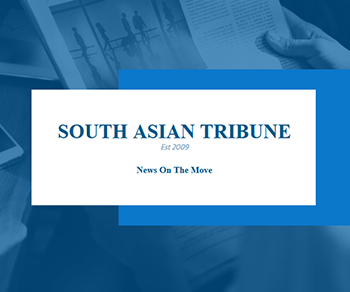 Book Review
DESTINY OF A DYSFUNCTIONAL NUCLEAR STATE
Book Review
DESTINY OF A DYSFUNCTIONAL NUCLEAR STATE
- Book ReviewChina FO Presser Where is the fountainhead of jihad?
- Book ReviewNews Pak Syndrome bedevils Indo-Bangla ties
- Book Review Understanding Vedic Equality….: Book Review
- Book Review Buddhism Made Easy: Book Review
- Book ReviewNews Elegant Summary Of Krishnamurti’s teachings
- Book Review Review: Perspectives: The Timeless Way of Wisdom
- Book ReviewNews Rituals too a world of Rhythm
- Book Review Marx After Marxism
- Book Review John Updike’s Terrorist – a review
-
-
Recent Top Post
-
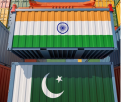 CommentariesNews
Ides of trade between India and Pakistan
CommentariesNews
Ides of trade between India and Pakistan
-
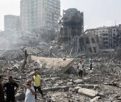 CommentariesTop Story
Palestinians at the cross- roads
CommentariesTop Story
Palestinians at the cross- roads
-
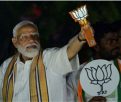 Commentaries
While Modi professes concern for the jobless, “his government’s budget escalates class war”
Commentaries
While Modi professes concern for the jobless, “his government’s budget escalates class war”
-
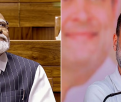 CommentariesNews
Politics of Mayhem: Narrative Slipping from Modi ….?
CommentariesNews
Politics of Mayhem: Narrative Slipping from Modi ….?
-
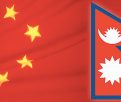 Commentaries
Impasse over BRI Projects in Nepal
Commentaries
Impasse over BRI Projects in Nepal
-
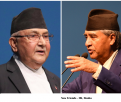 CommentariesNews
Yet another Musical Chairs in Kathmandu
CommentariesNews
Yet another Musical Chairs in Kathmandu
-
 CommentariesTop Story
Spurt in Anti-India Activities in Canada
CommentariesTop Story
Spurt in Anti-India Activities in Canada
-
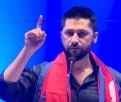 NewsTop Story
Nepal: Political Stability Under Threat Again
NewsTop Story
Nepal: Political Stability Under Threat Again
-
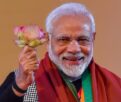 NewsTop Story
Accountability Tryst With 2024 Ballot….
NewsTop Story
Accountability Tryst With 2024 Ballot….
-
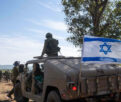 NewsTop Story
What Would “Total Victory” Mean in Gaza?
NewsTop Story
What Would “Total Victory” Mean in Gaza?
-
AdSense code


